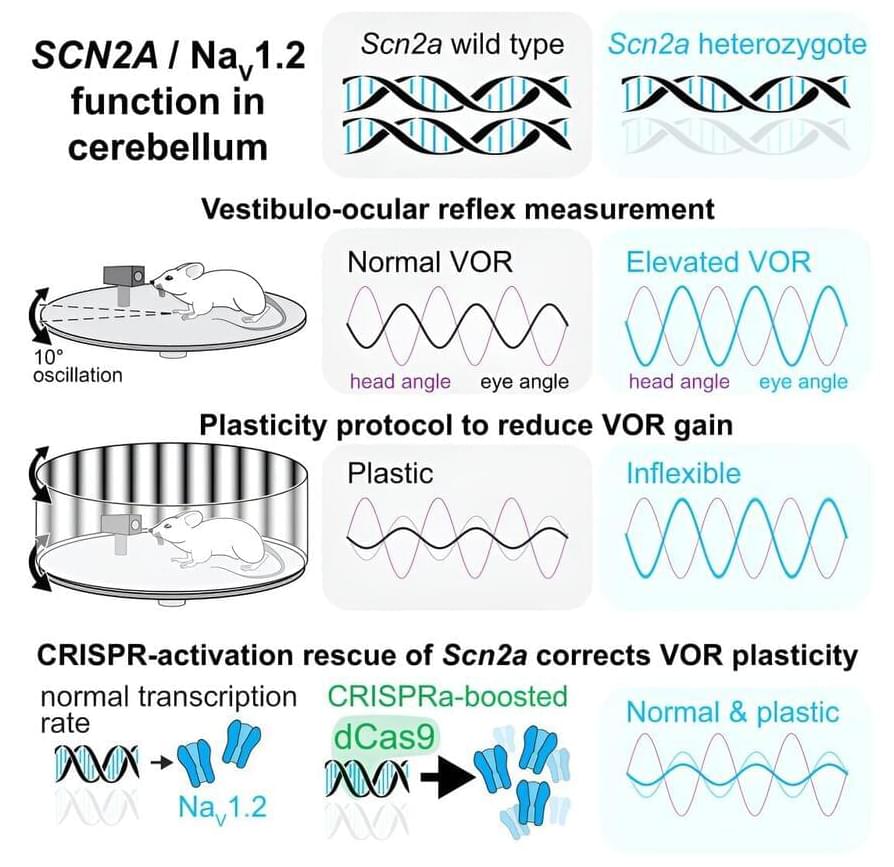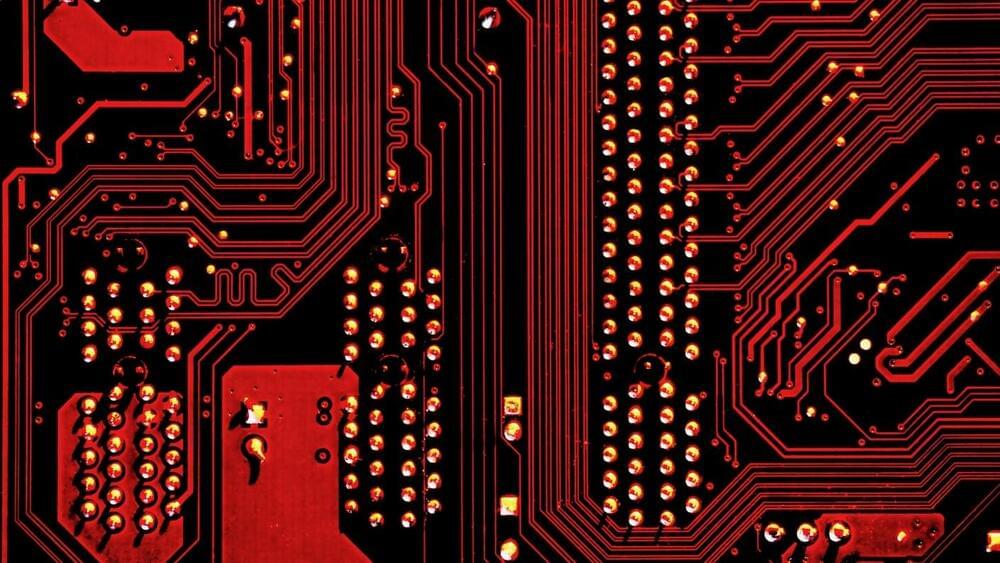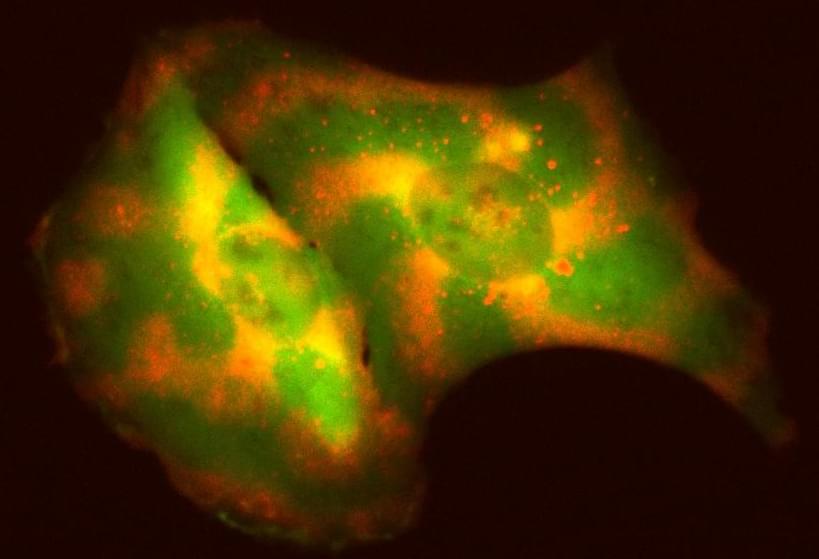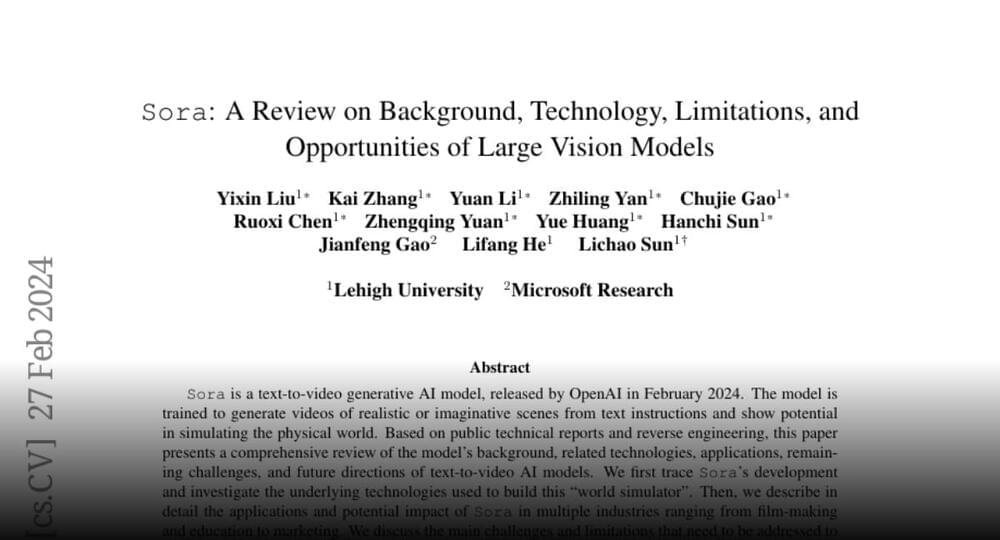Scientists at UC San Francisco may have discovered a new way to test for autism by measuring how children’s eyes move when they turn their heads. They found that kids who carry a variant of a gene that is associated with severe autism are hypersensitive to this motion.
The gene, SCN2A, makes an ion channel that is found throughout the brain, including the region that coordinates movement, called the cerebellum. Ion channels allow electrical charges in and out of cells and are fundamental to how they function. Several variants of this gene are also associated with severe epilepsy and intellectual disability.
The researchers found that children with these variants have an unusual form of the reflex that stabilizes the gaze while the head is moving, called the vestibulo-ocular reflex (VOR). In children with autism, it seems to go overboard, and this can be measured with a simple eye-tracking device.






